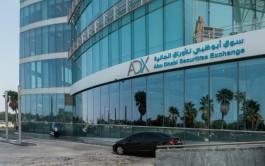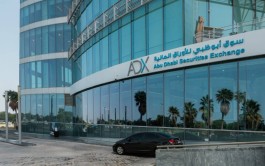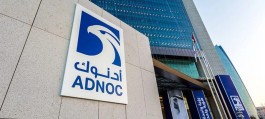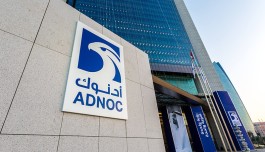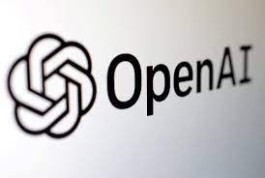Shares of electric vehicle company Lucid Motors closed Wednesday's trading at $17.24, up 5.4%, but are still down 42.9% since the start of the year and about 19.1% over the past twelve months, reflecting continued weakness despite a limited rise in recent sessions.
WarrenAI indicates that these momentary movements occur within a volatile technical context, reflecting investor reaction to disappointing quarterly results. InvestingPro is the ideal platform for analysts and investors seeking access to accurate data and real-time valuations, especially with Black Friday discounts of up to 55% on all paid plans, making it an exceptional opportunity to experience professional analytical tools.
Weak financial results despite increased revenues
Lucid's latest quarterly results showed a loss per share of $2.65, compared to expectations of a loss of only $2.27. Revenue came in at $336.6 million, compared to the expected $379.1 million. The company also reported a net loss of $978.4 million, or $3.31 per share, compared to $992.5 million in the same period last year. Excluding exceptional items such as restructuring costs, the actual loss was $2.65 per share.
Adjusted earnings before interest, taxes, depreciation, and amortization (EBITDA) showed a loss of $717.7 million, compared to expectations of a $597.4 million loss, representing a 17% increase year-over-year. However, quarterly revenue rose 68% to $336.6 million, compared to $200 million in the same period last year, reflecting a relative improvement in sales that did not translate into profits.
Saudi funding boosts liquidity, but challenges persist.
In a significant move to bolster its financial position, Lucid announced an agreement with Saudi Arabia’s Public Investment Fund (PIF) to increase its deferred payment facility from $750 million to approximately $2 billion, providing a substantial funding boost amid a challenging operating environment. The company reported total liquidity of $5.5 billion at the end of the third quarter, including the undrawn credit line, while cash and cash equivalents remained stable at $1.6 billion, providing it with sufficient financial coverage until mid-2027.
But despite the financial support, the company explained that it is still looking for additional financing options outside the Saudi fund system, as it seeks to expand production of its flagship Gravity SUV and develop a new mid-size model expected to begin production in late next year.
Production disruptions and broad strategic partnerships
Interim CEO Mark Winterhoff confirmed that the company remains focused on accelerating Gravity production and addressing supply chain disruptions affecting the entire electric vehicle industry. He added that the company expects a significant increase in Gravity deliveries during the fourth quarter despite weak overall demand.
In contrast, Chief Financial Officer Tawfiq Boussaid noted that Gravity production had improved compared to the previous quarter but remained at insignificant levels. Lucid had announced last month that it delivered 4,078 vehicles in the third quarter, a higher figure than the previous year but lower than market expectations.
This year, Lucid signed a series of significant partnerships, including a $300 million agreement with Uber to supply more than 20,000 Gravity vehicles over the next six years, equipped with autonomous driving technology from the startup Nuro. It also expanded its collaboration with Nvidia to develop AI solutions for autonomous driving systems.
Market performance declined despite partnerships and fluctuating technical indicators.
Despite these efforts, the stock's performance remains weak compared to its competitor Rivian, which recently announced results that exceeded expectations, raising its stock by 16% since the beginning of 2025. In contrast, Lucid's shares have fallen by more than 40% despite carrying out a 1-for-10 reverse stock split last summer.
Analysis on the WarrenAI platform shows conflicting technical indicators on short-term timeframes (one hour). The Relative Strength Index (RSI) is neutral at 52.4, while the Stochastic, CCI, and ROC indicators are buying, and the MACD remains negative. This suggests the stock is moving within a volatile technical range lacking a clear trend.
In the medium to long term, the overall trend remains strong selling pressure, reflecting continued selling pressure despite some temporary catalysts. The report indicates that the nearest support for the stock is at $15.25, while the next resistance is at $17.62, and a break above this level could pave the way for a test of the $18 level.
Future prospects: A temporary recovery or the beginning of a transformation?
The recent stock rally, fueled by positive news regarding partnerships and delivery growth, does little to alter the overall murky picture, which remains clouded by persistently high losses. While short-term investors may find opportunities in the high volatility, long-term investors will require a substantial improvement in profitability metrics before any sustainable turnaround can occur.
